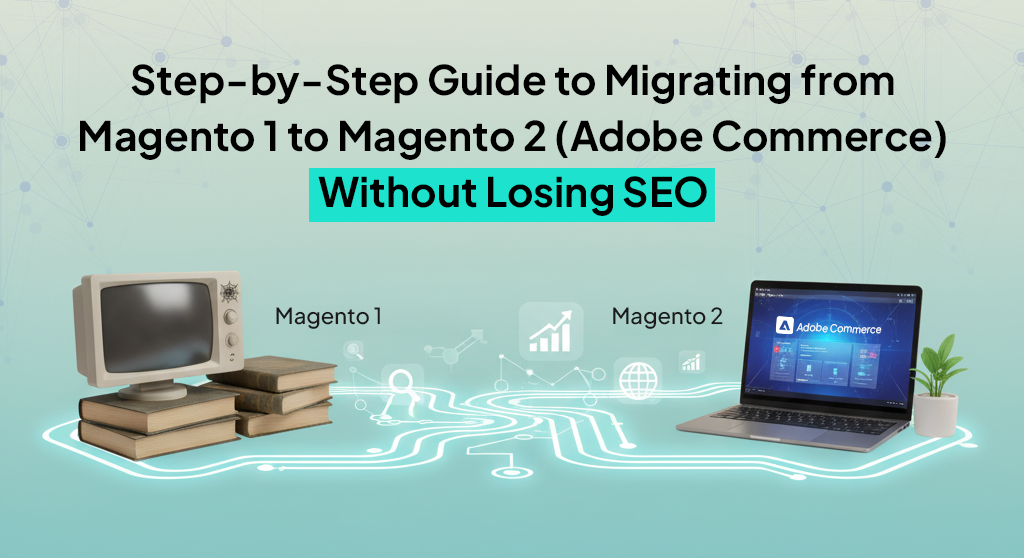Plugins are supposed to make your life easier. You add one to improve site speed, another to manage SEO, and a few more for forms, backups, popups, analytics, and performance. Before you know it, you’re staring at a plugin list longer than your homepage — and things don’t feel as smooth as they used to.
Everything still works. Kind of. But the site’s slower. Updates make you nervous. Conflicts pop up randomly. And no one wants to touch the backend unless absolutely necessary.
This is plugin overload. It happens gradually, almost invisibly. But it comes with a cost—a hidden one that creeps up on your performance, security, and scalability.
In this post, we’ll unpack what happens when your plugin stack gets bloated, how to tell when it’s gone too far, and, most importantly, how to clean it up properly without breaking things.
The Convenience Trap
Plugins are like snacks, harmless one at a time, but dangerous in excess. It starts with a good reason. You need a contact form. Great, install a plugin. Then you want to connect to Mailchimp. Another plugin. Cookie notice? Of course. Lazy loading for images? Makes sense. Before you realize it, you’ve built your entire site using dozens of plugins, each one adding its own scripts, styles, and behavior to your pages.
None of these feel like a problem when added individually. But collectively, they slow your site down, increase the chance of bugs, and pile up technical debt that you’ll eventually have to pay off.
What many store owners and site managers don’t realize is that plugins don’t just sit idle. Each one loads assets, adds database queries, hooks into platform processes, and contributes to page rendering. The more you add, the more moving parts you introduce, and that means more things that can go wrong.
Why Plugin Bloat Happens
No one sets out with the goal of overloading their website with tools. Plugin bloat is a byproduct of trying to solve problems quickly. You need a solution, and plugins are an easy answer. But here’s where it gets messy.
Most people install plugins as temporary fixes. Maybe there’s a marketing tool that promised quick conversion lifts. Or a performance tool that claimed to cut load times in half. Or maybe your team just wanted to test a new feature without touching the codebase. Plugins are fast, code-free, and convenient. That’s what makes them tempting.
But few people revisit these decisions later. Once a plugin is installed, it often stays unused, outdated, or half-configured. Multiply that by several years of development or multiple team members, and the result is a chaotic plugin landscape where no one’s really sure what’s safe to remove.
It’s not a matter of laziness. It’s a lack of process.
What You Don’t See Is What Hurts You
You won’t always feel the pain immediately. A new plugin might look harmless on the surface. But underneath, it could be loading ten unnecessary scripts, calling external APIs, or conflicting with another plugin you already installed.
This kind of inefficiency builds up quietly. Your page load time creeps up. Your admin dashboard takes longer to respond. That form you customized suddenly breaks after an update. You start relying on workarounds instead of fixes. Eventually, you dread even logging into the backend because you know something else will go wrong.
And when performance tanks or bugs appear, it’s rarely obvious what’s causing the issue. Plugins don’t leave you breadcrumbs. Debugging becomes a guessing game, and the support tickets start piling up.
All of this — downtime, slow pages, broken features — has a real cost. Customers leave. SEO rankings slip. Internal teams get frustrated. And resolving it all takes far more time than the original plugin ever saved you.
Security Is a Silent Casualty
Beyond performance, security is a serious concern. Every plugin you install increases your attack surface. If even one plugin is poorly coded, abandoned, or not updated to match your platform version, it becomes a potential vulnerability. Many successful cyberattacks exploit plugin flaws—especially ones that users forgot they even installed.
The worst part? Some of these vulnerabilities stay unnoticed for months. A plugin might be inactive but still present in your file system, quietly introducing risk even though it’s no longer in use.
Keeping your site secure means more than having a strong password or installing a security suite. It means being intentional with every plugin you allow into your system. If you don’t need it, you shouldn’t keep it.
How to Tell You’ve Crossed the Line
If you’re wondering whether your stack is overloaded, there are signs to watch for—even before something breaks.
- The admin area feels sluggish, especially when switching between plugin settings or saving changes.
- You’ve got plugins installed that no one on your team can clearly explain.
- Updates cause anxiety because you’re not sure what will break.
- You’re running plugins for things that could be achieved with small code snippets or native features.
- Conflicts between tools seem to crop up more frequently, especially after updates.
Even if you’ve “only” got 15–20 plugins, it’s still worth checking what each one does. Sometimes fewer plugins with bloated functionality cause more harm than several lean, focused ones. It’s not the number alone—it’s how they work together (or don’t).
How to Run a Clean, Focused Plugin Audit
Auditing your plugin stack is about regaining control. You don’t have to be a developer to do it, but you do need to think critically and be willing to get your hands a little dirty.
Start by listing everything that’s currently installed. Active or inactive, it doesn’t matter. Just get everything in front of you.
Next, go through each one and answer a few questions. What is this plugin doing? Is this functionality critical to your site or workflow? Are you actually using it, or was it installed “just in case”?
Then, consider whether this task could be handled another way. Some plugins solve problems that are better handled through code. Others duplicate functionality already offered by your theme or platform.
You’ll likely come across a few “what if we need it later?” plugins. If you haven’t touched it in the past six months, chances are you won’t miss it.
And don’t forget to check the plugin’s history. Is it actively maintained? When was the last update? Are other users reporting issues? An outdated plugin—even if it works—is a ticking time bomb.
Cleaning Up Without Breaking Your Site
The fear with removing plugins is always the same: what if something breaks?
The answer is simple, don’t remove plugins blindly. Use a staging environment or backup your site before making changes. Disable plugins one at a time, then test your frontend and backend thoroughly. If nothing breaks, delete it.
Start with plugins that are inactive, outdated, or clearly unused. These are the lowest-hanging fruit and rarely affect core functionality. Once those are out of the way, move on to tools that overlap in functionality. You don’t need three performance plugins doing the same caching or image optimization. Pick the best one and remove the rest.
Also consider replacing bloated multi-purpose plugins with smaller, focused alternatives—or even custom code. Yes, that might mean hiring a developer, but in the long run, it’s often more efficient and scalable than relying on third-party tools.
The process might take a few hours or even a couple of days if your site is complex, but it’s worth it. Once done, you’ll be left with a cleaner, faster, and more secure site that’s easier to manage and less prone to conflict.
Creating a Healthier Workflow Going Forward
The point of all this isn’t just to clean up, it’s to stay clean.
Set a routine. Make plugin audits part of your maintenance cycle. Once every three or four months, take time to review what’s been installed, whether it’s still relevant, and if anything can be removed.
Avoid installing plugins reactively. Instead of saying “let’s just try this,” pause and ask whether the feature is truly necessary. Can it be built in? Is it already covered by another tool?
If your team is growing, define rules around plugin use. Keep a short list of approved tools, document why each one exists, and review additions with someone who understands the technical impact.
It’s not about being restrictive—it’s about being intentional. Every plugin should earn its place.
The Developer’s Perspective
Ask any developer who’s inherited a plugin-heavy site, and they’ll tell you the same thing — it’s a headache. Bloated plugin stacks make it hard to debug issues, introduce risk with every update, and make long-term development far more difficult.
When you lean on plugins for every feature, you lose insight into how your site actually works. That makes it harder to grow, customize, or optimize later. And it can trap you in cycles of dependency—one plugin needs another plugin to function, and removing either breaks something else.
If you want a site that grows with your business, reduce dependencies. Let developers handle the logic. Use plugins sparingly, not as the default solution.
Final Thought: Simplify to Scale
A clean stack is a powerful stack.
If your site feels bloated, slow, unpredictable, or fragile — it’s probably not your hosting. It’s probably not “just bad luck.” It’s your plugin stack.
Cleaning it up doesn’t just improve speed. It gives you confidence. You’ll know exactly what’s running on your site. You’ll troubleshoot faster. And you’ll stop treating your store like a patchwork of quick fixes.
Simplify your stack. Keep only what you need. And build your store with intention—not impulse.
If you need help reviewing your plugin setup or want to know whether something can be replaced with a better, faster solution, reach out. At BrandCrock wählen, we’ve helped businesses make their systems leaner, smoother, and easier to manage, with fewer headaches and better results.
Because sometimes, less really is more.






